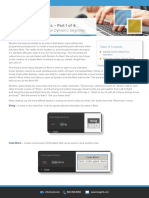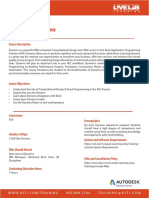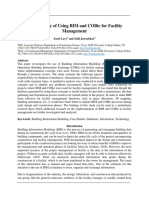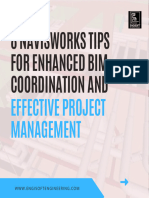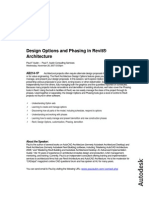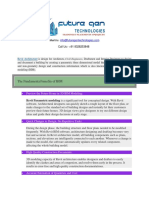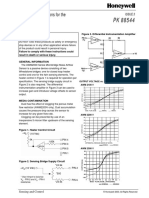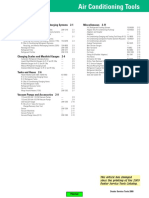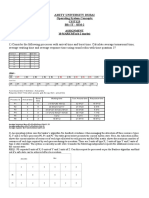0% found this document useful (0 votes)
530 views45 pagesLandscape Modeling in Revit With Environment Tools
The document discusses modeling landscapes in Revit using Environment tools. It describes how to create topographies, design with contour lines, model hardscapes and planting. The Environment tools can streamline workflows for landscape architects working in Revit.
Uploaded by
ThiriCopyright
© © All Rights Reserved
We take content rights seriously. If you suspect this is your content, claim it here.
Available Formats
Download as PDF, TXT or read online on Scribd
0% found this document useful (0 votes)
530 views45 pagesLandscape Modeling in Revit With Environment Tools
The document discusses modeling landscapes in Revit using Environment tools. It describes how to create topographies, design with contour lines, model hardscapes and planting. The Environment tools can streamline workflows for landscape architects working in Revit.
Uploaded by
ThiriCopyright
© © All Rights Reserved
We take content rights seriously. If you suspect this is your content, claim it here.
Available Formats
Download as PDF, TXT or read online on Scribd
/ 45













